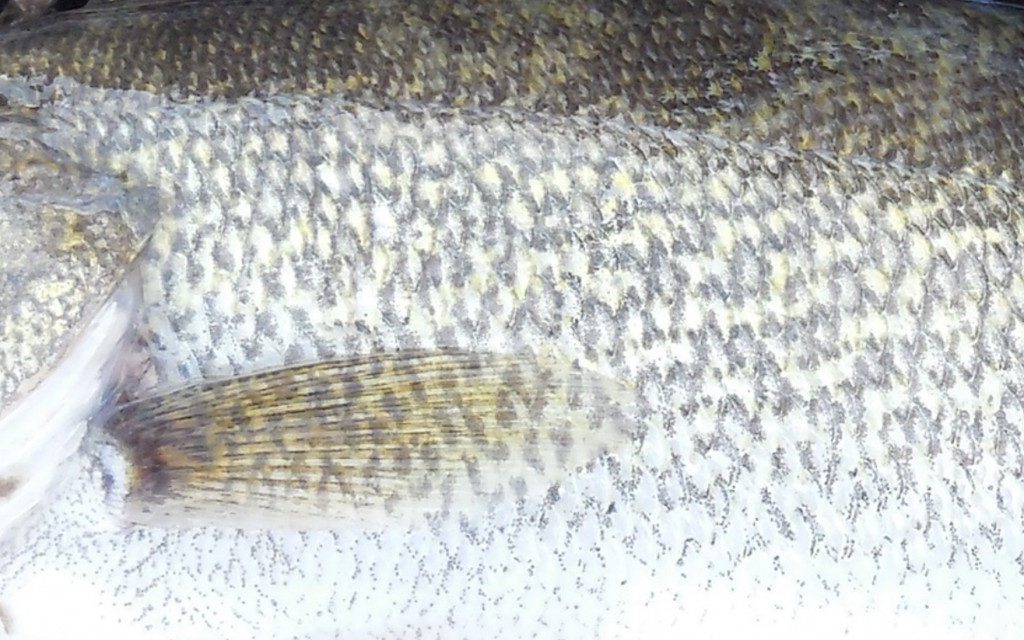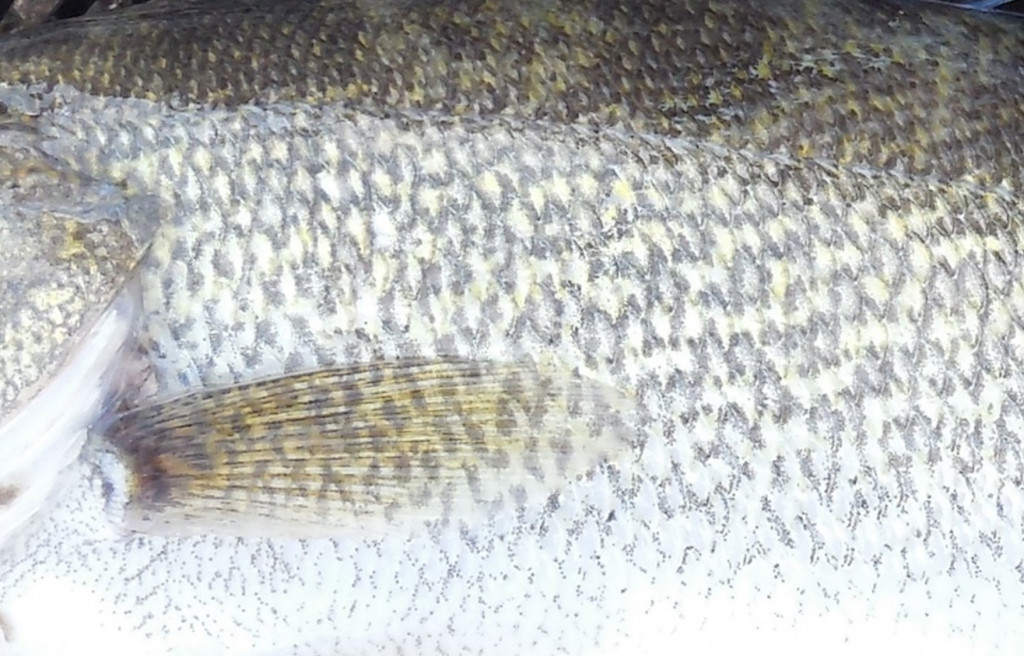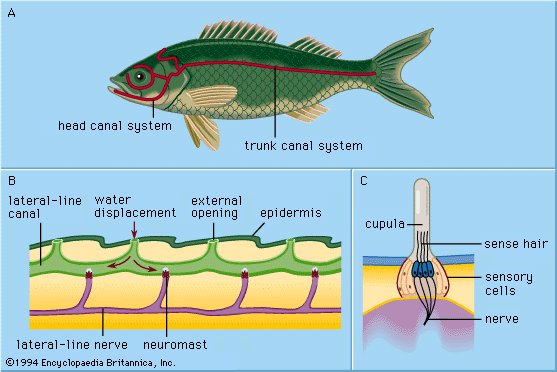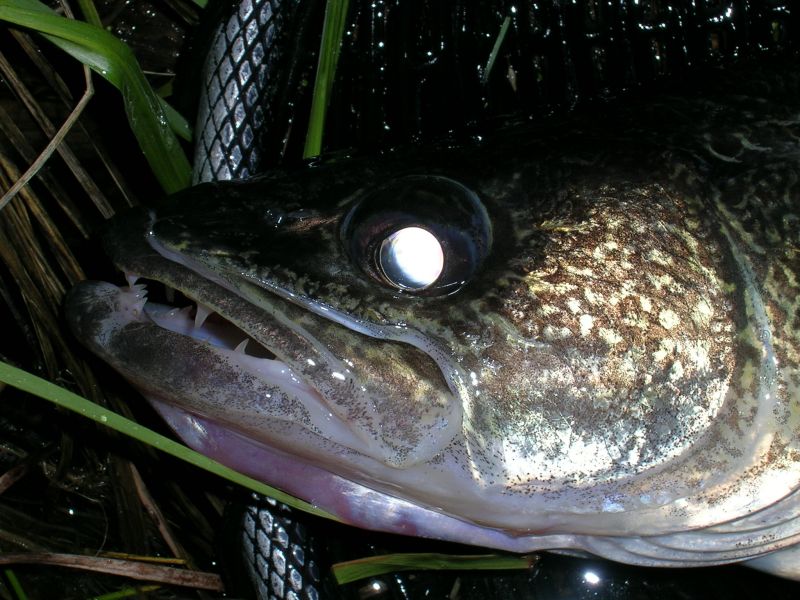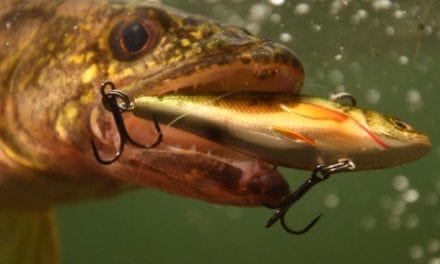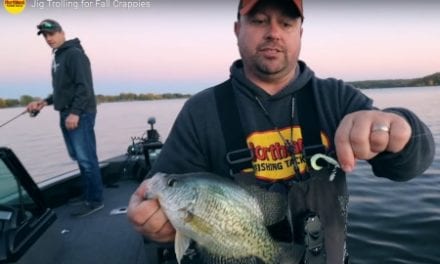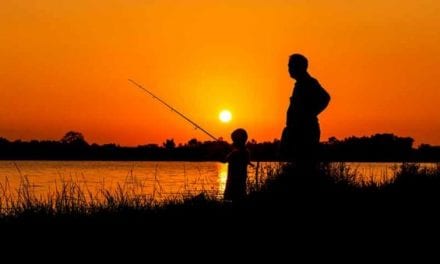I have been blogging for a lot of years now. It has been long enough that yes, there are “re-runs”. Many of the same topics are relevant seasonally, year after year, and they get repeated in some form.
There are other topics that I may have blogged about in the past, and I like to reference those old blogs. Problem is some of those disappear from the archive over time. When that happens, I may literally post them again. Going to do that today. I reference this topic all the time. . . .
From time to time I have been known to give seminars on catching various species of fish; usually walleyes, but other species too. In those seminars I try to take a pointy-headed fisheries biologist approach to fishing. That is one way I may be able to tell folks some things that they did not know before, some things that will help them catch fish. Let me blog about one of those topics. Keep reading if you want to learn something about fish anatomy that you might not have known before. I promise it will help you catch more fish.
The next fish you catch, take a close look and see if you can identify the lateral line.
The lateral line is a sense that fish have but we do not. For that reason it can be hard for us to understand the lateral line and how it is used. It is a very important sense that fish use to find and capture prey, and that is why an understanding of that sense and how fish use it is so important to anglers.
If you look close at the lateral line on a fish, you will see that it is a series of pores, small holes on the side of the fish. For fish that have scales, those lateral line pores are actually holes right through the scales located on the lateral line. Inside those pores are small nerve cells. Fish do not have hair, but those microscopic nerve cells have little hairs in them that detect water movement. Here is a good diagram that I found on-line, https://www.britannica.com/science/lateral-line-system#/media/1/331503/48248 .
The lateral line is used by fish to detect water movement in their environment. If you fish rivers, streams, or canals, flowing waters, you very much are aware of how fish position in current and use that current to feed. They detect water movements, currents, through their lateral line.
Now, let me get side-tracked for a moment and make a point: It is easy to see and understand currents in flowing waters, but there are water movements, currents, in pits, ponds, lakes and reservoirs too. Water currents in standing waters may be less and harder to detect than those in flowing waters, for you and me. However, you better believe the fish are very much aware of even the slightest water currents in their environment. Even in standing waters fish utilize water currents to find and capture prey.
Look for clues about water currents in standing waters, pay close attention to wind direction and wave action. If you look close you can often detect slight currents moving down shorelines. Once you identify those slight currents, look for fish to relate to them just as they would in a river, stream or canal. Fish sit out of the main current where they can conserve energy. On the other hand, they want to be close to the edge of current where they can capture prey.
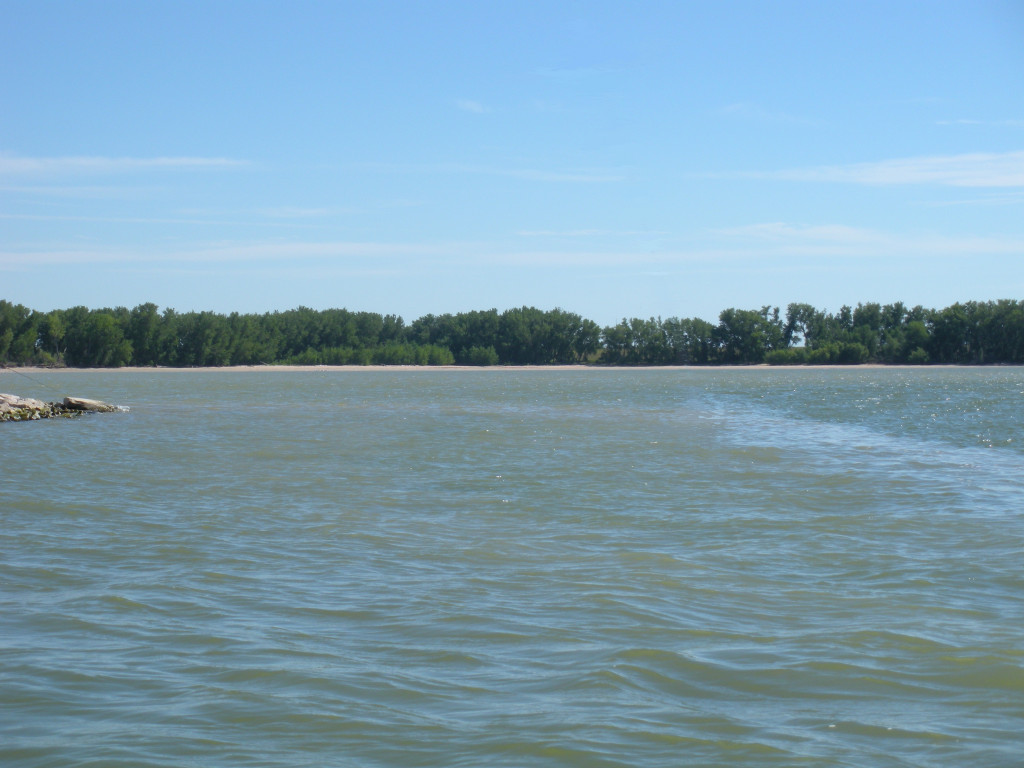
There’s more. Besides detecting current fish also use their lateral line to find and capture prey. This is where it is hard for us to imagine because we do not live in the water. We are not fish. The fish use their lateral line almost like a sense of “distant touch”.
In seminars I illustrate it this way: Imagine you are sitting in the back of the room where all the good seats are at. I am standing in the front of the room waving my hand in the air. Then imagine that you could feel on your face the air movement caused by my waving my hand in the air. That is what the fish can feel through their lateral line. Water cannot be compressed. Everything that moves through the water displaces water. Fish can feel that water displacement through their lateral line.
Now imagine a big walleye sitting on a point in Lake McConaughy. That big predator is just sitting there conserving energy. A school of baitfish swims by our imaginary walleye, several feet from the walleye. With the light conditions and water clarity, those baitfish are too far from that walleye to be seen by the walleye . . . but, they can be FELT! That big, predator fish can detect the water displaced by those swimming baitfish through its lateral line.
Continue to imagine that underwater scene. At the back of the school of baitfish, there is one that is crippled. It is having a hard time keeping up with the school. That big predator walleye can detect the struggling of that baitfish. Predators love easy meals! So imagine our big walleye now begins to track that school of baitfish; again the walleye cannot see the baitfish, but it can feel them through its lateral line. The predator tracks that school moving into a position where it can make a strike and capture an easy meal.
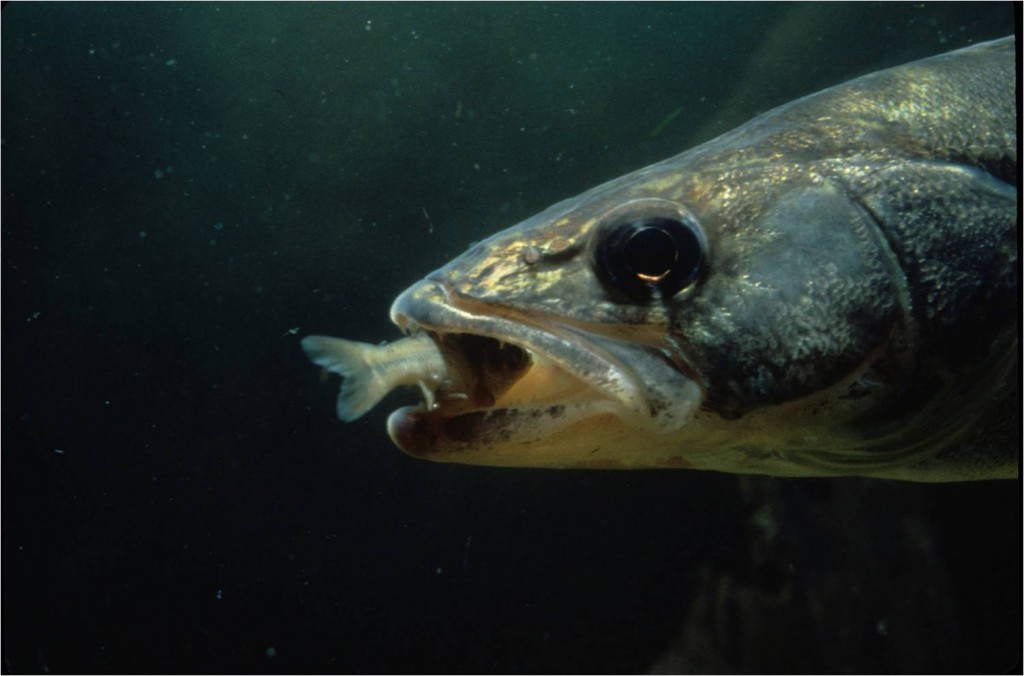
Walleyes are sight-feeders. They absolutely rely on their eyesight to capture prey. However, depending on water clarity and light conditions that walleye may not actually see its prey until the last few feet, maybe even the last few inches as it makes a strike. Walleye and many of the other predator fish we like to pursue are sight feeders, but their lateral line sense is even more important in finding and capturing prey! Lab experiments have demonstrated that most predator fish can capture prey even if they cannot see a thing. They use their lateral line.
Yes, fish can see colors. But, instead of worrying about the hot color you tie onto the end of your line, you should be more concerned with the “vibes” your baits and lures are putting out. We all know that depending on the feeding mood of the fish and the conditions, they might want one thing one day and a completely different presentation the next.
Think of presentations in terms of vibration; how your baits and lures appeal to the fish’s lateral line sense. If you are fishing low-light conditions or dirty water, you probably want to use something that is going to displace some water, something that is going to let the fish know your bait is there even if they cannot see it. Under bright conditions and clear water, something more subtle, more natural will probably feel more like a real prey item that the fish want to eat.
Sure I have my favorite colors just like the next angler. Yet, years ago I started looking at baits and lures in terms of water displacement and action, not colors. There are baits that I have seen in the water for the first time and knew instantly that they were going to catch fish. Keep that in mind and it will help you zero-in on the very best presentations that will catch the most fish under a variety of fishing conditions.
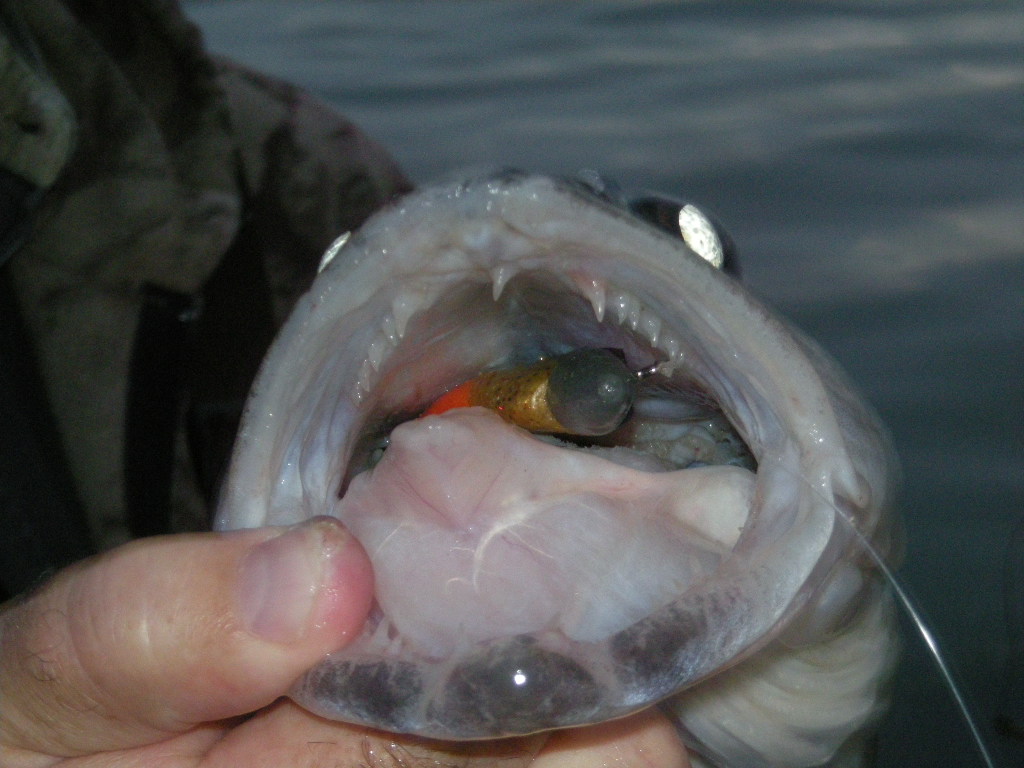
The post Can You Feel Me Now? appeared first on Nebraskaland Magazine.

